Pickleball Double Bounce Rule: Understanding the Key Rule in the Game
Pickleball is a popular and fast-paced paddle sport known for its simple rules and enjoyable gameplay. Among the fundamental rules in pickleball, the “Double Bounce Rule” holds significant importance. Understanding and adhering to this rule is crucial for players to engage in fair and competitive gameplay. In this article, we will delve into the Pickleball Double Bounce Rule, explaining its purpose, application, and its impact on the dynamics of the game.
1. What is the Double Bounce Rule in Pickleball?
The Double Bounce Rule in pickleball is a fundamental rule that dictates the sequence of play during the start of each rally. According to this rule, both teams must allow the pickleball to bounce twice – once on each side of the net – before they are allowed to volley (hit the ball in the air without letting it bounce) the ball. This means that the receiving team must let the serve bounce before returning it, and the serving team must let the return bounce before they can attempt to volley.
2. Purpose and Significance of the Rule
The Double Bounce Rule is designed to promote a fair and balanced game, particularly for players of varying skill levels. Allowing the ball to bounce twice at the beginning of each rally ensures that players have an opportunity to set up their positions and establish a strategic advantage before engaging in aggressive play. This is especially beneficial for beginners and intermediate players, as it reduces the pressure and speed of the game during the initial phase.
3. Application of the Rule
The Double Bounce Rule comes into effect during the serve and return of serve. Let’s explore how it is applied in each of these scenarios:
a. Serve:
- The serving team must hit the ball from behind the baseline, aiming to land the ball in the opponent’s diagonal service court.
- The receiving team must let the serve bounce before returning it.
- After the serve bounces on the receiving team’s side, they can hit the ball back as a return shot.
- The serving team must also let the return bounce before attempting to volley.
b. Return of Serve:
- Once the serve bounces on the receiving team’s side, they must return the ball, allowing it to bounce again on the serving team’s side.
- After the return of serve bounces on the serving team’s side, they can then volley the ball, initiating the regular volleying play.
4. Impact on Game Dynamics
The Double Bounce Rule influences the pace and flow of the game during the initial exchanges. It encourages players to strategize and carefully position themselves for the rally, fostering a controlled and deliberate start to the point. As the rally progresses beyond the initial double bounces, the game transitions into the more dynamic and fast-paced nature that pickleball is known for.
5. Exceptions to the Rule
While the Double Bounce Rule is fundamental, there are certain exceptions to be aware of:
- If a ball bounces twice before reaching the non-volley zone (the kitchen), players may volley the ball even if it hasn’t yet bounced on both sides of the net.
- During the “Third Shot Drop” strategy, where the serving team purposely hits a soft, high shot to initiate a slow-paced rally, the Double Bounce Rule may be temporarily bypassed.
6. Strategies and Tactics Under the Double Bounce Rule
The Double Bounce Rule has a significant impact on the strategies and tactics players employ during the start of each rally. Understanding how to leverage this rule can provide players with a strategic advantage. Some common strategies include:
- Placement and Angle: The serving team aims to place the serve strategically to force the receiving team into a difficult position. By hitting the ball deep into the diagonal service court, they can increase the distance the receiving team must cover to make their return shot.
- Third Shot Drop: The serving team may utilize the Third Shot Drop strategy to slow down the pace of the game and regain control of the rally. By executing a soft, arching shot that lands just beyond the non-volley zone, they aim to force the receiving team into a defensive position and create an opportunity for a better offensive play on the subsequent shot.
- Return Placement: The receiving team focuses on returning the serve with precision, aiming to place the ball in a challenging location for the serving team. A well-placed return can limit the serving team’s options for the next shot and increase their chances of gaining an advantage in the rally.
- Court Positioning: Both teams must be strategic in their court positioning during the double bounce phase. The receiving team needs to be prepared to move quickly to return the serve, while the serving team must anticipate the return and be ready to set up their offensive positions.
7. Etiquette and Sportsmanship
Adherence to the Double Bounce Rule is not only about following the rules but also about displaying good sportsmanship. Players should be respectful of the rule and avoid attempting to volley the ball before the double bounces have occurred. Trying to rush or manipulate the rule goes against the spirit of fair play in pickleball.
8. Evolution of Pickleball Rules
As pickleball continues to evolve and grow as a sport, rules may be subject to modification and improvement. The Double Bounce Rule 1[The “Double Bounce Rule” in pickleball requires the ball to bounce once on each side of the net before players can volley it.] itself has seen minor adjustments over the years, and as the game’s competitive landscape changes, further refinements may occur. Players are encouraged to stay informed about rule updates from official governing bodies to ensure they are playing according to the latest guidelines.
Conclusion
The Pickleball Double Bounce Rule is a fundamental aspect of the game that sets the foundation for fair and strategic play. By understanding its purpose, application, and impact on gameplay dynamics, players can embrace the essence of the sport while enjoying friendly competition. Respect for the rule and adherence to proper sportsmanship contribute to a positive playing experience for all, enhancing the joy and camaraderie that pickleball brings to players around the world.
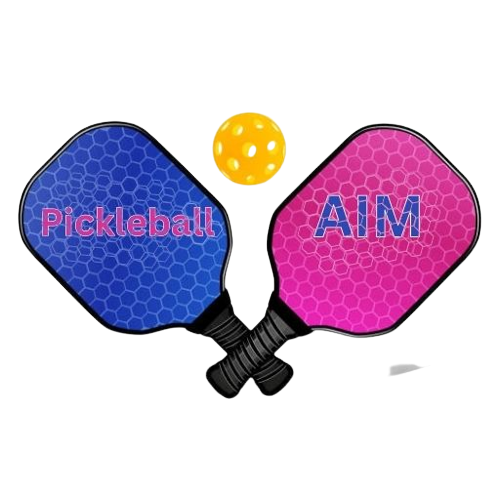
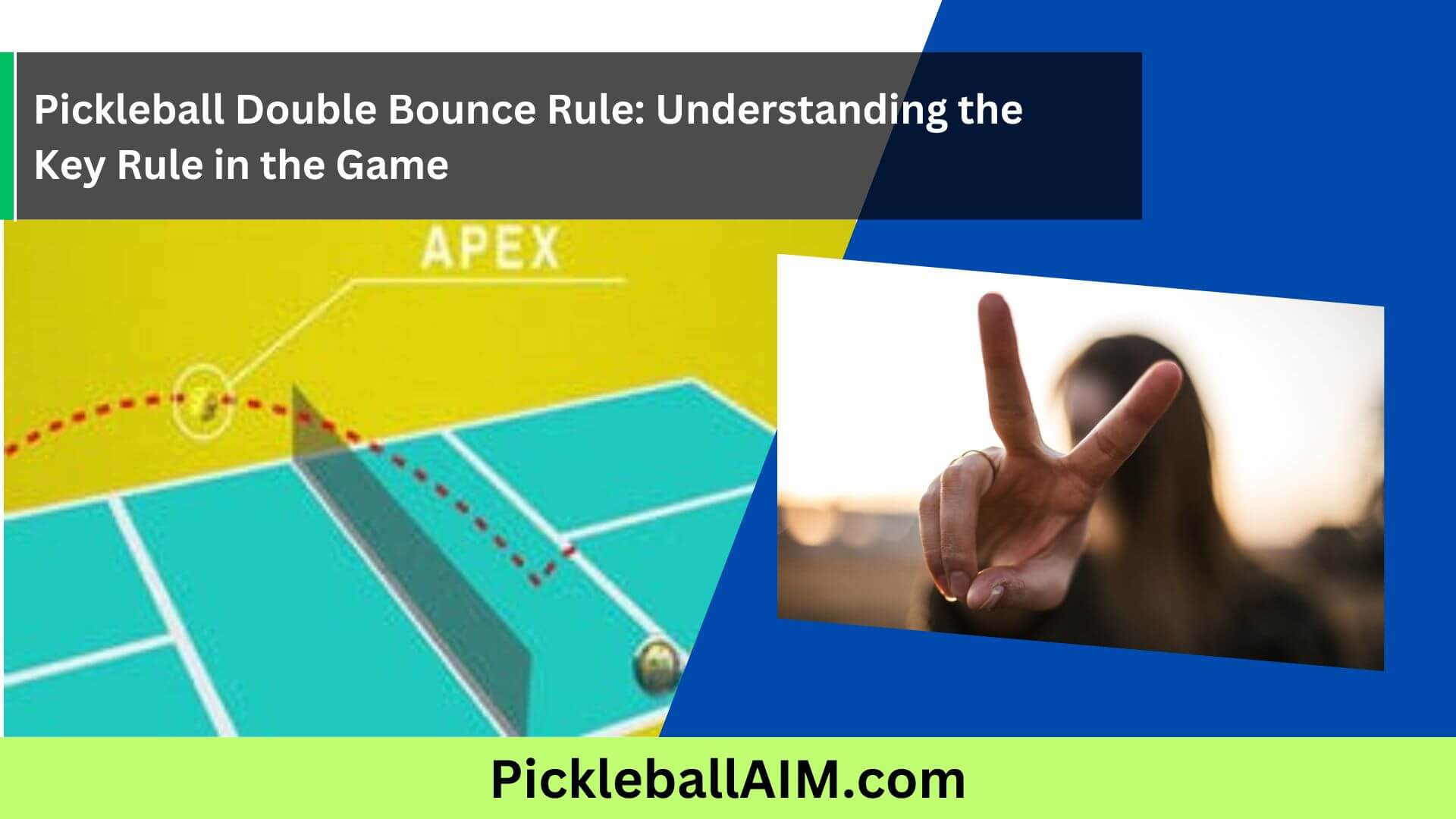
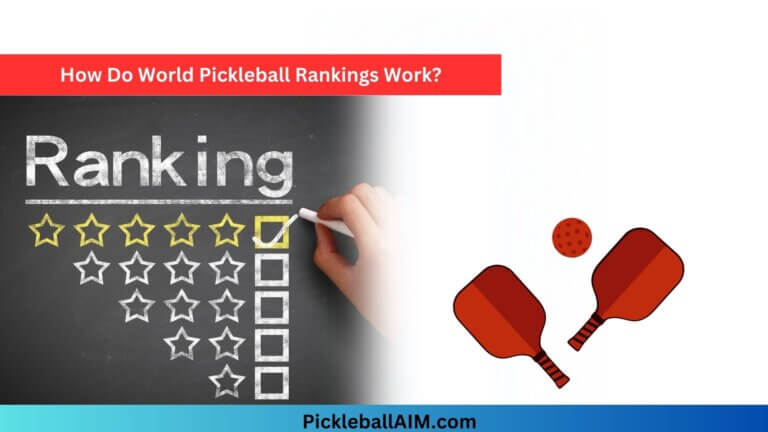
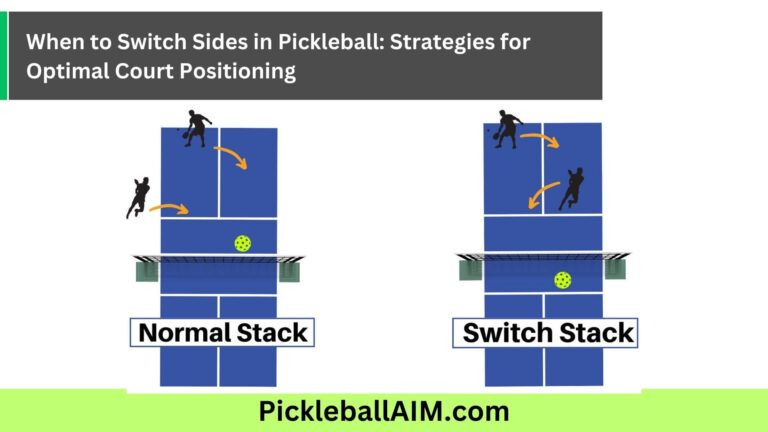
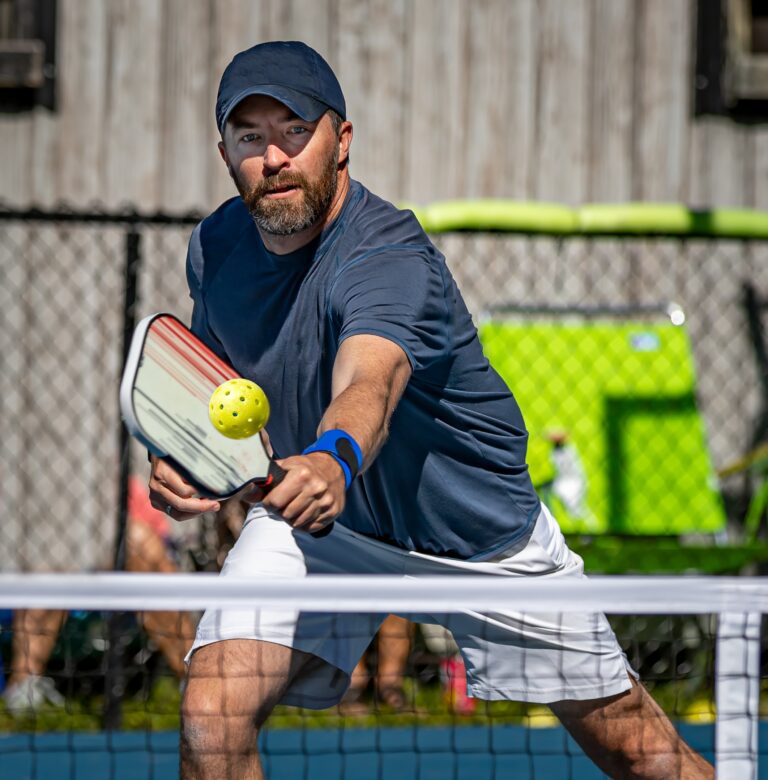
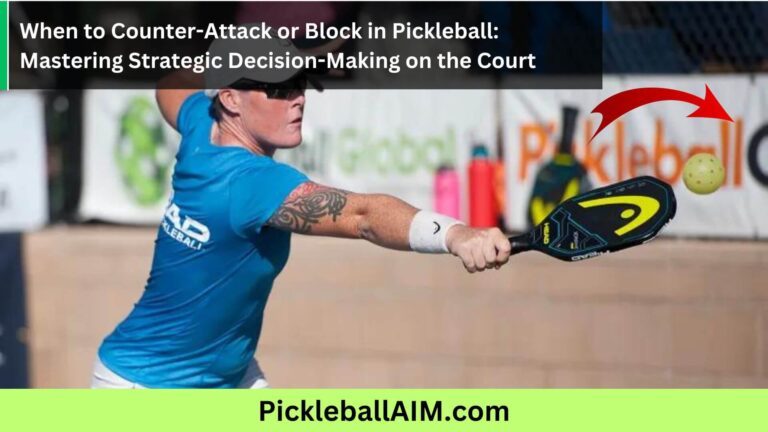
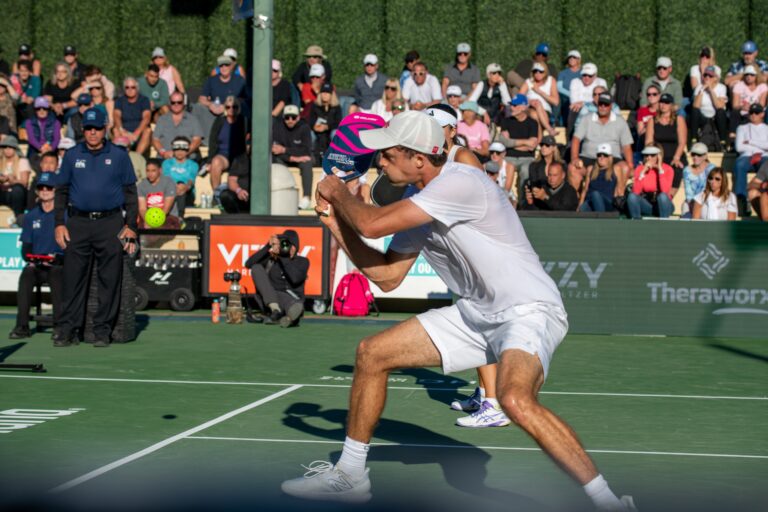
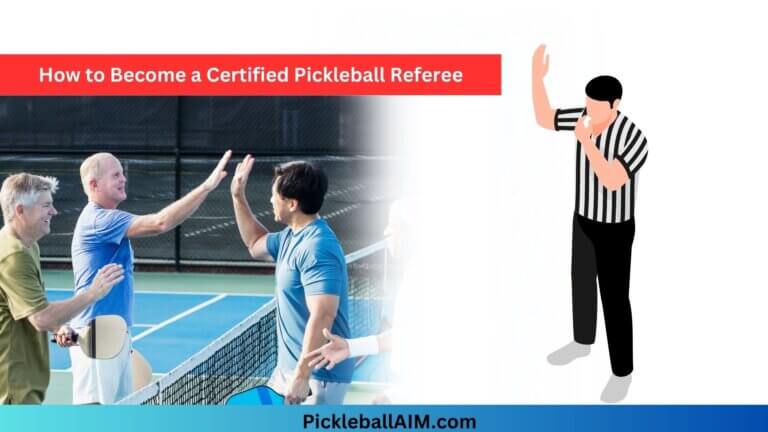
One Comment